

Visual Information Processing and Protection Group
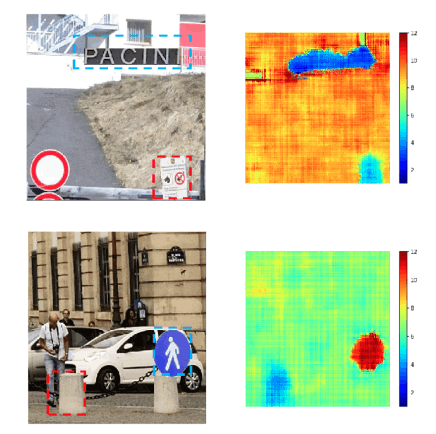
Boosting CNN-based primary quantization matrix estimation of double JPEG images via a classification-like architecture
Benedetta Tondi, Andrea Costanzo, Dequ Huang and Bin Li
This code improves the performance of CNN-based estimation of the primary quantization matrix by turning the regression into a classification-like problem. The approach starts from the observation that the quantization coefficients can only take integer values. Therefore, the estimation of a vector of integer values, namely all the coefficients of the quantization matrix, can be performed in a classification-like fashion.
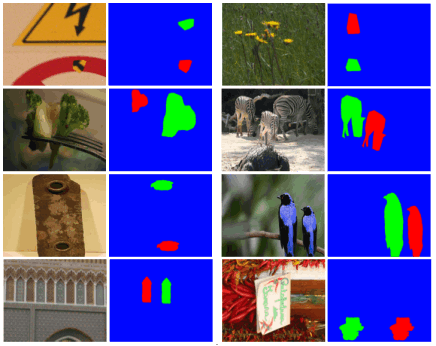
Copy Move Source-Target Disambiguation through Multi-Branch CNNs
Submitted to TIFS
M. Barni, Q.-T. Phan, B. Tondi
The disambiguation method allows to identify source and target region of a copy-move by means of a multi-branch CNN-based architecture, capable to learn suitable features by looking at the presence of interpolation artifacts and boundary inconsistencies.

Primary Quantization Matrix Estimation of Double Compressed JPEG Images via CNN
IEEE Signal Processing Letters, November 2019
Y.Niu, B. Tondi, Y.Zhao, M.Barni
The software estimates the primary quantization matrix of a Double JPEG image (either aligned and not aligned) based on a Convolutional Neural Network. The CNN-based estimator works with a 64x64 input patch size. The first 15 coefficients of the primary quantization matrix, in zig zag order, are returned by the software. A model is trained for a fixed quality of the second JPEG compression QF2.

CNN-based detection of generic contrast adjustment with JPEG post-processing
ICIP 2018
M. Barni, A. Costanzo, E. Nowroozi, B. Tondi
Implementation of a detector that relies on a JPEG-aware, patch-based CNN, which is used to classify image patches. A test image is divided into patches which are tested separately by feeding them to the CNN. The soft patch scores, i.e. CNN outputs, are collected and the global decision on the image is performed on the score vector.

Pixel-domain Adversarial Examples Against CNN-based Manipulation Detectors
Electronics Letters, 2018
B. Tondi
Implementation of an attack method against convolutional neural network (CNN) detectors, which minimises the distortion in the pixel domain. While the small perturbations introduced by existing methods tend to be cancelled out when the adversarial examples are rounded to pixels, thus making the attack ineffective, this algorithm can generate pixel-domain adversarial images which succeed in inducing a wrong decision with very small distortions.
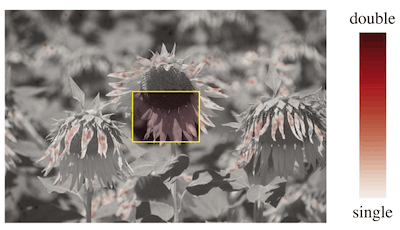
Aligned and Non-Aligned Double JPEG Detection Using Convolutional Neural Networks
Visual Communication and Image Representation, 2017
M. Barni, L. Bondi, N. Bonettini, P. Bestagini, A. Costanzo, M. Maggini, B. Tondi, S. Tubaro
Implementation of a double JPEG compression detector based on a convolutional neural networks (CNN) capable of learning from the noise residuals of the input images.
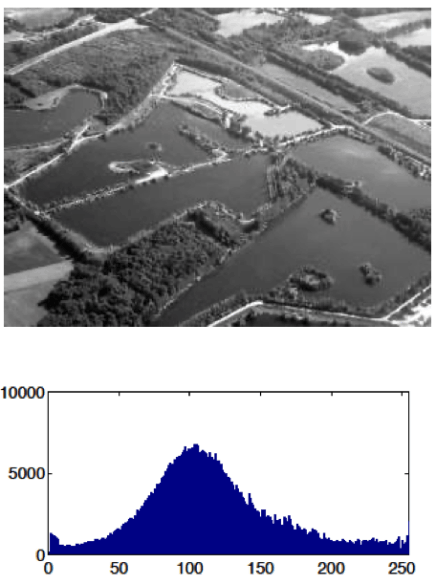
A Universal Technique to Hide Traces of Histogram-Based Image Manipulations
Multimedia and Security (MM&Sec12), September 2012
M. Barni, M. Fontani, B. Tondi
Implementation of a universal counter-forensic technique for concealing traces left on the image histogram by any processing tool. Under the assumption that the forensic analysis relies on first-order statistics only (which is true in many practical applications), this algorithm allows the attacker to conceal traces left by any processing operation, while maintaining a high fidelity between processed and "cleaned" images.
Note that the package DOES NOT INCLUDE software to solve the optimization problem hat must be installed separately!
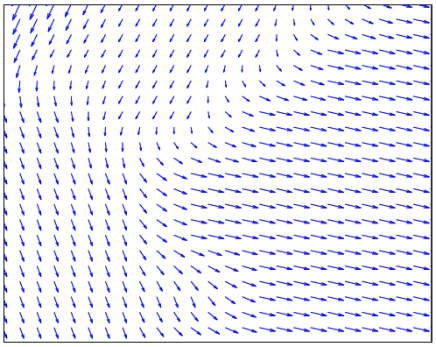
Expanding the class of watermark
de-synchronization attacks
MM&Sec 2007
Mauro Barni, Angela D'Angelo, Neri Merhav
Implementation of two classes of de-synchronization attacks that extend the class of local geometric attacks so to allow for more powerful and less intrusive attacks.

A Psychovisual experiment on the use of Gibbs potential for the quality assessment of geometrically distorted images
A. D'Angelo, M. Pacitto, M.Barni
Implementation of method of objectively assessing the perceptual quality of geometrically distorted images. The approach is based on the theory of Markov Random Fields. The idea is that the potential function of the Markov Random Field describing the distortion gives an indication of the degradation of the distorted image.
Best AI Website Maker